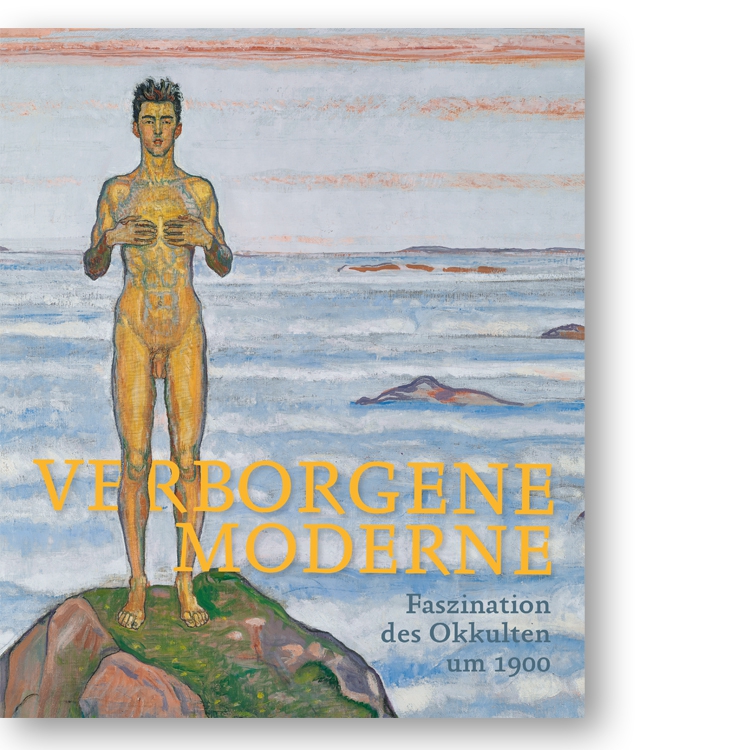HIDDEN MODERNISM.
The Fascination with the Occult around 1900

295 pages
23.5 x 28 cm I Hardcover
c. 230 illustrations
Description
Editors: Matthias Dusini, Ivan Ristić, Hans-Peter Wipplinger
Authors: Karl Baier, Matthias Dusini, Laura Feurle, Kira Kaufmann, Astrid Kury, Therese Muxeneder, Ivan Ristić, with a preface by Hans-Peter Wipplinger
The exhibition Hidden Modernism is the first major retrospective in Austria to focus on the search for the “New Man.” In the context of the dark side of industrialization, interest in alternative social models arose in Vienna at the end of the 19th century. Body culture, vegetarianism, clothing reform, expressive dance, and theosophy were symptoms of an ethical revolution called for by Friedrich Nietzsche. Enthusiasm for the work of Richard Wagner permeated all areas of cultural life, and his ideal of the Gesamtkunstwerk (total work of art) was groundbreaking for the Viennese Secessionists. Vienna was not one of the centers of occultism. Nevertheless, the theosophy of Russian writer Helena Blavatsky found its way into Vienna's vegetarian circles. One protagonist was the polymath Friedrich Eckstein, whose network included composers Gustav Mahler and Hugo Wolf and the founder of anthroposophy, Rudolf Steiner. The fluid figures of Edvard Munch and the discovery of X-rays provided artistic impulses, leading to the introspective works of Richard Gerstl, Egon Schiele, Oskar Kokoschka, and Max Oppenheimer, who depicted their protagonists as auratic apparitions.
Share and follow